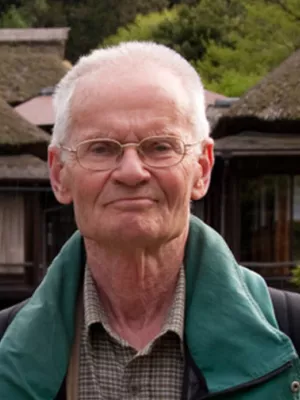
Björn Berglund
Professor emeritus

Traditional Farming Landscapes for Sustainable Living in Scandinavia and Japan : Global Revival Through the Satoyama Initiative
Författare
Summary, in English
Traditional, pre-industrial farming was adapted to the natural environment-topography, geology, hydrology, climate, and biota. Traditional land use systems are still to be traced in Scandinavia as an "infield/outland landscape", and in Japan as a "Satoyama landscape." There are obvious similarities and differences in land use-the main difference being that pasturing of cattle and sheep has been less important in Japan. These land use systems can be traced back to early sedentary settlements 1500-2500 years ago. In both regions, traditional management almost ceased in the mid-twentieth century leading to afforestation and decreased biological diversity. Today, there is in Japan a growing movement for landscape restoration and promotion of a sustainable living countryside based on local agrarian and forestry production, local energy, tourism, etc. With this background, the so-called Satoyama Initiative has been organized and introduced as a global socio-ecological project with ecosystem services for human well-being.
Avdelning/ar
- Kvartärgeologi
Publiceringsår
2014
Språk
Engelska
Sidor
559-578
Publikation/Tidskrift/Serie
Ambio: a Journal of Human Environment
Volym
43
Issue
5
Dokumenttyp
Artikel i tidskrift
Förlag
Springer
Ämne
- Geology
Nyckelord
- Agrarian land use history
- Satoyama landscape
- Infield/outland
- Nature
- restoration
- Biodiversity changes
- Deforestation history
Status
Published
ISBN/ISSN/Övrigt
- ISSN: 0044-7447

